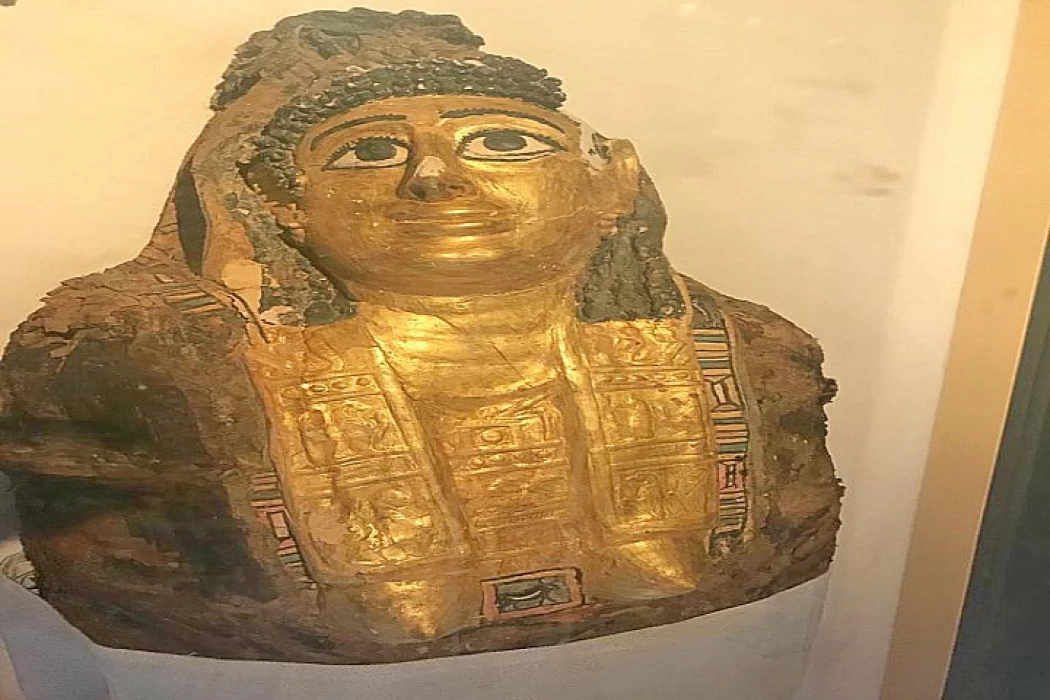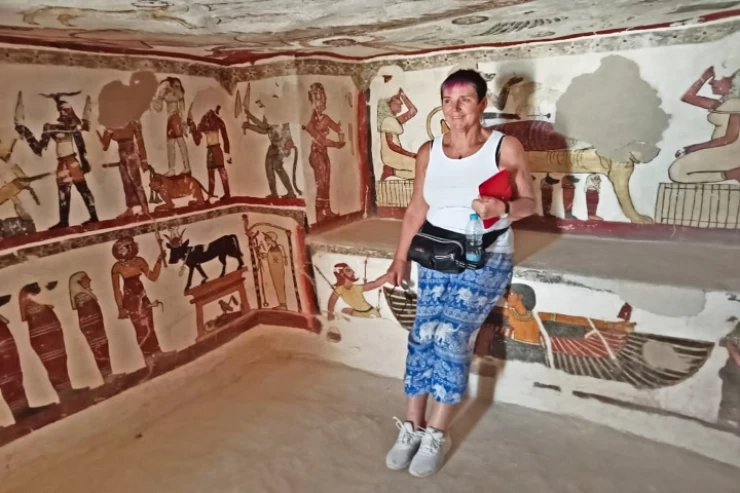
The Valley of the Golden Mummies in the Bahriya Oasis
The Bahariya Oasis was inhabited by aristocrats from the Greco-Roman during the Greco-Roman age. The Egyptians discovered tombs including a large number of mummies in a tomb of 36 Kilometers which is considered as one of the largest tombs in Egypt and the world. The discovered Mummies are one of the real treasures in Egypt: The mummies wear golden masks decorated with hieroglyphic inscriptions and religious drawings shedding light on the significance of Bahriya Oasis in ancient Egyptian history. The Egyptian archeologists used X-rays to discover the identity of the mummies, the reason behind their death, their age, and their gender. They believe that the reason behind their death is the outbreak of Cholera or plague resulting in rapid death.
During the discovery of the valley of the Golden Mummies, the archeologists discovered it in good condition for the mummies and the treasures, and it is located 6 Kilometers from the capital of Bahriya Oasis. The excavation phase was carried out by the Great archeologist Doctor Zahi Hawas, and it produced the following: They discovered 5 tombs including 105 golden mummies. The method of burying the mummies was very attractive and reflected that the burial method was by mummification and displaying the social and economic identity of the buried person. The tombs included jewels, and golden coins reflecting the identity of its owners.
The tombs didn’t include the names of the buried people, but they included jewels, treasures, golden coins, and personal possessions displaying the identity of the Greco-Roman age. The mummy's main characteristic is that it is carved into the upper part of the body. The story behind the discovery of the valley is a very strange story narrated by Egyptian archeologists the guardian of the temple of the Great Alexander was going back to his home when he saw his donkey running to a distant place and found it falling into a hole, he looked to the hole and found smiling golden faces looking at him. Seize the opportunity and see the smiling golden mummies in one of Egypt travel packages.
















